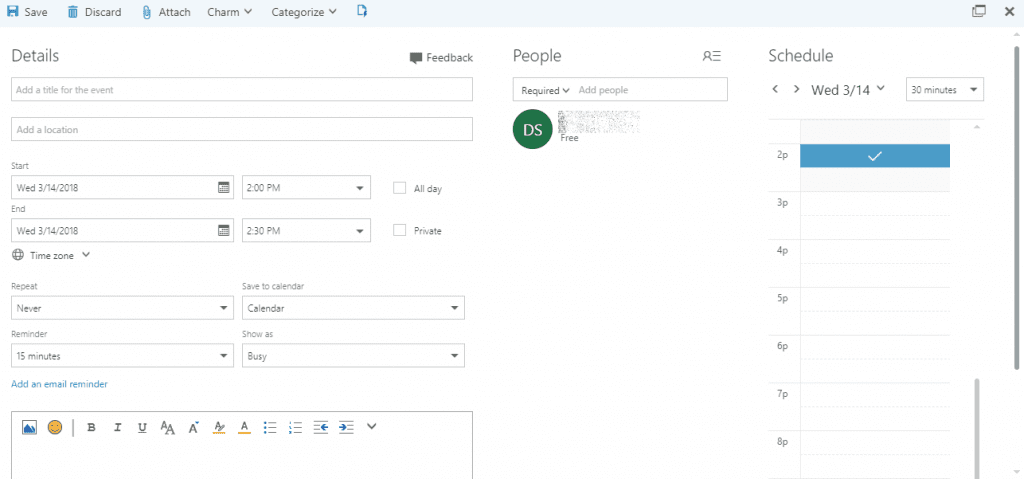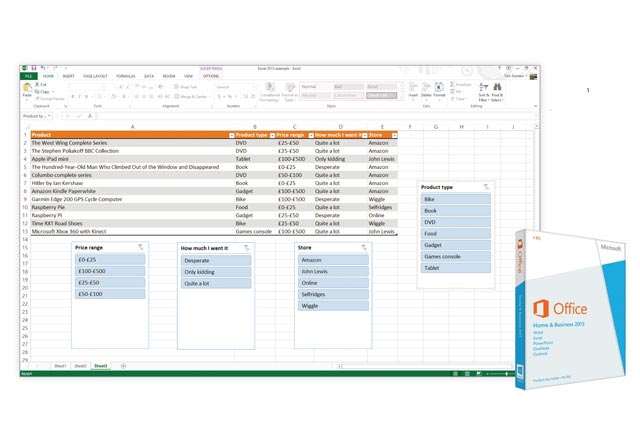

- OFFICE 365 UPGRADE FROM 2013 TO 2016 PROBLEMS HOW TO
- OFFICE 365 UPGRADE FROM 2013 TO 2016 PROBLEMS INSTALL
- OFFICE 365 UPGRADE FROM 2013 TO 2016 PROBLEMS SERIES
- OFFICE 365 UPGRADE FROM 2013 TO 2016 PROBLEMS WINDOWS

Use your latest unrepaired document instead.
OFFICE 365 UPGRADE FROM 2013 TO 2016 PROBLEMS WINDOWS
If you turn on the 'Hey Cortana' voice command feature in Windows 10, Excel will take much longer to load. With ANY Microsoft Excel workbook (not just a Systems2win template) Known issue
OFFICE 365 UPGRADE FROM 2013 TO 2016 PROBLEMS HOW TO
You need to TRAIN your users how to use YOUR chosen Alternative User Interfaces.ġ) Use Systems2win's normal ways to find and open your Systems2win templates, (which work flawlessly).Ģ) If you want to use Alternative User Interfaces, then follow our guidelines for how to design your own custom user interfaces, and train your users to use them.Īlso see: How to re-enable your Systems2win add-in Features that don't work correctly No add-ins will be launched when Excel is launched by clicking a linkįrom a SharePoint server or a Word document, PowerPoint, PDF, etc. Please note that this is not a Systems2win thing. You might see the error: file not found: filechck.dll (bCheckActivationStatus())īecause the designer of the third-party application might not appreciate some add-in application generating some error that the user then believes is caused by THEIR application.Then Excel is designed to NOT load add-ins. Such as SharePoint, Word, PowerPoint, Outlook, PDF, etc. When Excel is launched programmatically from any third-party application. If protected, there is no password, so simply unprotect. Most Systems2win templates are NOT protected. Some features are disabled in a protected worksheet. Migrate your data from your legacy working document to your new templateĬalculations sometimes don't instantly recalculate.
OFFICE 365 UPGRADE FROM 2013 TO 2016 PROBLEMS INSTALL
OFFICE 365 UPGRADE FROM 2013 TO 2016 PROBLEMS SERIES
In this series of articles I’ll walk you through the Not Real University scenario to demonstrate how to perform the migration to Exchange 2016.All Excel – all versions Helpful tips for all versions of Excel IssueĪfter we upgraded, some older documents won't open

To get from the current state to the end state will require many small steps and changes along the way to take into account the different Exchange features that are in use, and to ensure a seamless migration for end users with no downtime. The end goal of the project is to decommission the Exchange 20 servers, leaving only the Exchange 2016 server running. The current environment basically looks like this:ĭuring the migration project, Exchange 2016 server will be introduced to the environment:


 0 kommentar(er)
0 kommentar(er)
